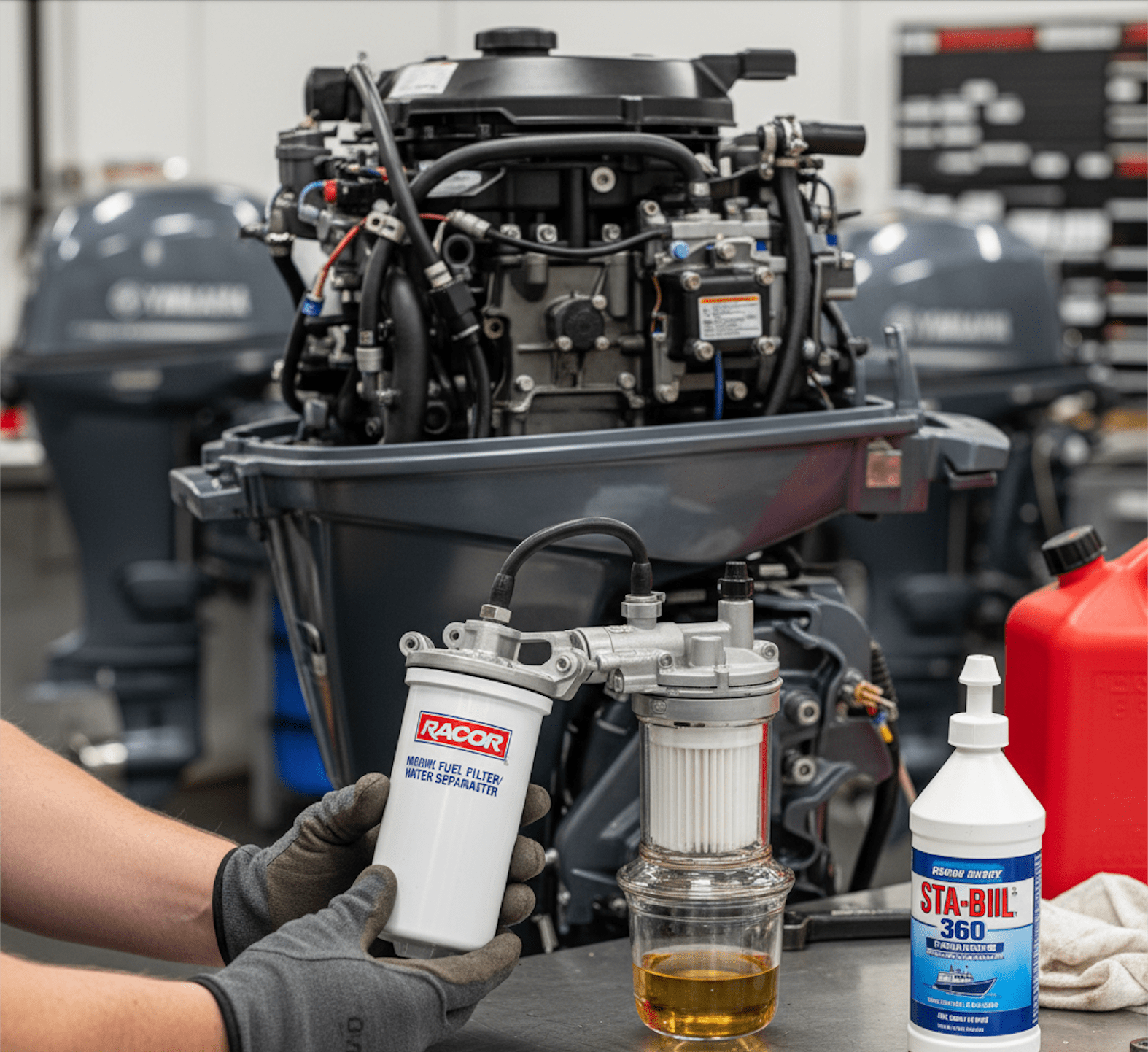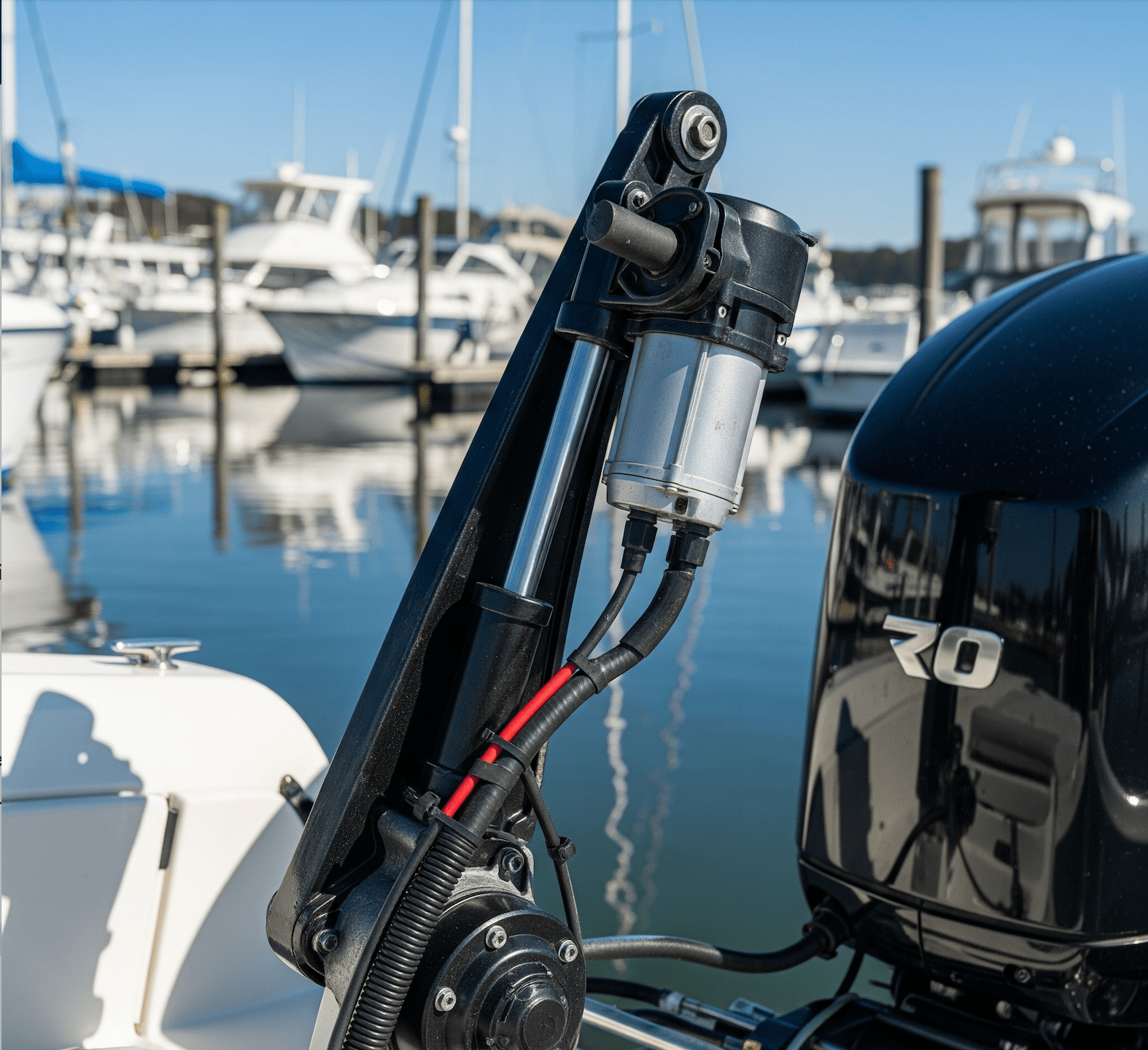The outboard motor of today is a far cry from its predecessors. What was once a purely mechanical workhorse has evolved into a sophisticated, intelligent powerhouse, brimming with advanced technologies that enhance every aspect of the boating experience. These innovations aren't just about raw power; they're about precision, ease of use, efficiency, and seamless integration.
At All Outboards, we're fascinated by the cutting edge of marine propulsion. We believe understanding these advanced features is key to appreciating the full potential of modern outboards. Let's explore the latest high-tech horsepower features that are transforming how we navigate and enjoy the water.
1. Digital Controls: Precision at Your Fingertips
Gone are the days of stiff, clunky mechanical cables. Modern outboards largely operate with digital controls, often referred to as "fly-by-wire" systems.
- What it is: Instead of physical cables, electronic signals transmit your commands from the helm to the engine's computer (ECU).
- Benefits:
- Effortless Shifting & Throttle: Provides incredibly smooth, instantaneous, and precise throttle response and seamless gear shifting. This is a game-changer for docking in tight spaces or maintaining exact speeds for trolling.
- Reduced Clutter: Fewer mechanical cables mean a cleaner rigging tube and transom area.
- Multi-Engine Synchronization: Digital controls make it effortless to synchronize RPMs across multiple engines with the push of a button, optimizing performance and fuel efficiency.
2. Joystick Steering: Mastering Maneuverability
For boats with multiple outboards, joystick steering has revolutionized low-speed handling and docking, making even large vessels feel nimble.
- What it is: A single joystick controller at the helm that allows for intuitive 360-degree movement of the boat. The system independently articulates each outboard to achieve the desired direction.
- Benefits:
- Effortless Docking: Push the joystick sideways, and the boat moves sideways. Twist it, and the boat rotates. This eliminates the stress and complexity of traditional docking in challenging conditions.
- Station Keeping: Many joystick systems include a "Skyhook" or "Station Keeping" feature that uses GPS to automatically hold the boat's position and heading, even against wind and current. Perfect for holding over a fishing spot or waiting for a bridge.
- Enhanced Control: Provides unparalleled precision in tight quarters, making maneuvering in marinas or crowded areas simple.
3. Integrated GPS & Chartplotter Connectivity: Always Know Your Way
Modern outboards are designed to communicate seamlessly with your boat's navigation systems, offering a wealth of integrated information.
- What it is: The outboard's ECU can share data directly with your multifunction display (MFD) or chartplotter via networks like NMEA 2000. Some outboards even have built-in GPS capabilities.
- Benefits:
- Real-time Engine Data on Screen: View critical engine parameters (RPM, fuel flow, temperature, oil pressure, battery voltage) directly on your large navigation display, eliminating the need for separate gauges.
- Fuel Management Integration: Get accurate fuel consumption data overlaid on your charts, allowing for precise range planning.
- Waypoint Integration: Some systems allow you to navigate directly to waypoints or follow routes managed through the engine's controls.
4. Advanced Diagnostics & Remote Monitoring: Proactive Care
Today's outboards are equipped with sophisticated self-diagnostic capabilities that make troubleshooting more efficient and proactive.
- What it is: Onboard computers constantly monitor hundreds of data points from various sensors. If an issue arises, a specific Diagnostic Trouble Code (DTC) is stored, and a warning light/alarm is triggered.
- Benefits:
- Early Warning System: Alerts you to potential problems before they become critical failures, allowing for timely intervention.
- Pinpoint Troubleshooting: Specific error codes help mechanics quickly identify the root cause of a problem, reducing diagnostic time and labor costs.
- App Connectivity: Many modern outboards connect to smartphone apps via Bluetooth, allowing owners to view basic engine data, track maintenance intervals, and even read simple fault codes directly from their phone.
- Remote Diagnostics (for Mechanics): In some advanced setups, authorized mechanics can remotely access engine diagnostic data, potentially guiding troubleshooting over the phone or preparing for a service visit more efficiently.
5. Auto-Trim & Performance Optimization: Maximizing Efficiency
These features take the guesswork out of optimizing your outboard's performance.
- What it is: Systems that automatically adjust the engine's trim angle (how far the propeller is tucked in or out) based on boat speed, RPM, and water conditions.
- Benefits:
- Improved Fuel Economy: Ensures the engine is always running at its most efficient trim angle, saving fuel.
- Optimal Performance: Maximizes acceleration and top speed by keeping the prop at the ideal angle for the given conditions.
- Enhanced Ride Comfort: Smooths out the ride by automatically adjusting trim for changing water conditions.
- Reduced Driver Fatigue: Eliminates the need for constant manual trim adjustments.
The Future is Now: Experience High-Tech Horsepower
These advanced features are transforming the boating experience, making outboards more intuitive, efficient, and enjoyable than ever before. They represent a significant leap from the mechanical engines of the past, offering a glimpse into the increasingly smart and interconnected future of marine propulsion. Understanding these innovations allows you to appreciate the true value and capability of modern outboards.
Want more outboard content? Check out our Instagram at @alloutboards!
Subscribe to our newsletter and receive a selection of cool articles every weeks.

-min.jpeg)





